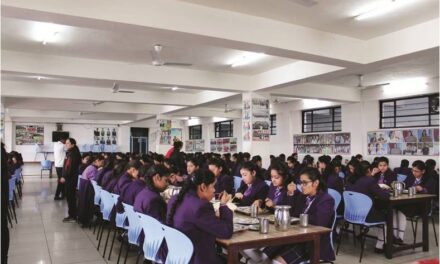Plagiarism by students happens in all fields and all years of school (Holt, 2012; Wang, 2008). Concerning is plagiarism in colleges and universities (MacLennan, 2018). Even though plagiarism has been studied for the past 60 years, the number of people who do it keeps going up. The research on plagiarism tends to focus on three areas: the rates of plagiarism, the reasons why students plagiarise, and the ways to find or stop plagiarism (Evans, 2006). No one knows what the exact rate of plagiarism is in higher education (Ehrich et al., 2016).
Ives (2020) says that figuring out why students do things like cheating or lying in school can help “design interventions to stop this behaviour” (p. 46). Plagiarism is done by students for a lot of different reasons. Balbuena and Lamela (2015) looked into why students cheat in school and found that it’s because they don’t want to fail, they’re too busy, they don’t understand the material, and they want to make their parents proud. Nguyen (2020) also looked into why students plagiarise. He found many reasons, but the three most common ones were not having enough time, not knowing how to paraphrase, and not understanding the lesson. Students may also because the need assignment help through the use of internet (Colella, 2018; Sterngold, 2004).
Students plagiarise for a lot of different reasons, and this article isn’t big enough to cover all of them. This article will instead talk about course content and course assignments, which are important reasons why students may choose to plagiarise.
One-minute papers
After telling the class about an assignment, ask them to write a one-minute paper in which they explain the assignment to a classmate who isn’t there. This will let you know what your students already know about the assignment and give you an idea of which parts may need more explanation. If you don’t want to collect the papers, you can talk about this in class and have someone take notes. During the talk, you can answer any questions that come up. Students who aren’t in class can be told about this.
Give an example of an assignment and how it will be graded
Students should work together in small groups. Give each group a sample assignment that has been done and a rubric to go with it. Ask each group to look at the sample assignment and give feedback. Have each group share its score for the sample assignment with the rest of the class. This will help you figure out if the class understands what is expected of them and where more explanation is needed. You can say what grade you would give the sample assignment and explain why. Students might better understand how their work will be graded if you tell them how you graded the assignment. If you let students work in groups, they will be able to talk with their classmates about the assignment. Students can get to know each other better through group discussions, learn more about what is expected for the assignment as they work with the material, and get answers to any questions they have about the assignment.
*Note: If you don’t have time to do this in class, you could have students do this activity in groups on a discussion board and then talk about it at the start of the next class.
Knowledge checks and exit tickets should be used in lessons
Add simple knowledge checks throughout your lesson and/or exit tickets at the end. Knowledge checks and exit tickets are quick ways to see if your students understand what you’ve been teaching. You might want to give the students a choice about whether or not they want to fill these out in secret.
As was already said, students plagiarise for many different reasons. Literature says that one reason students plagiarise is because they don’t understand the course material or the assignment. Assign them a task using centralized teaching management software or by giving simple knowledge checks and/or exit tickets, you might be able to figure out which students need more help. These are things to think about, and I’m sure you have more.






